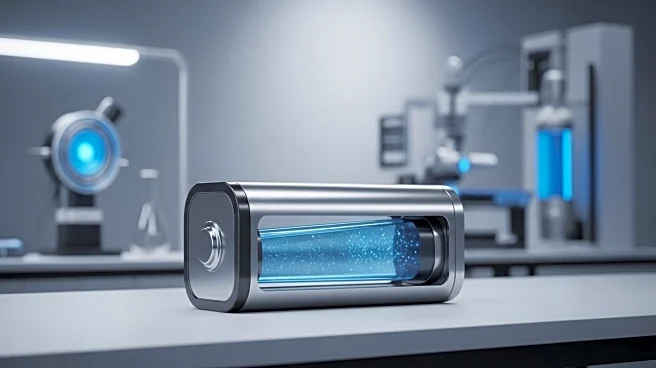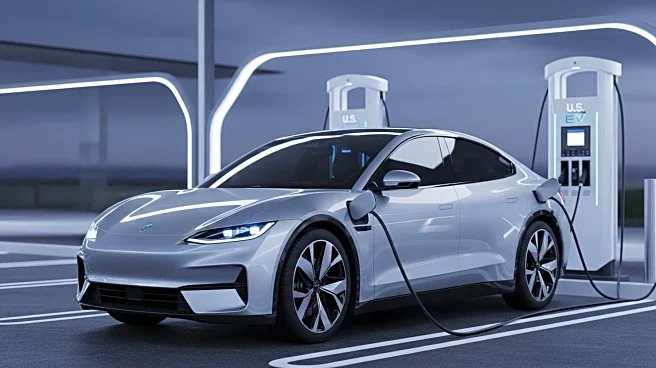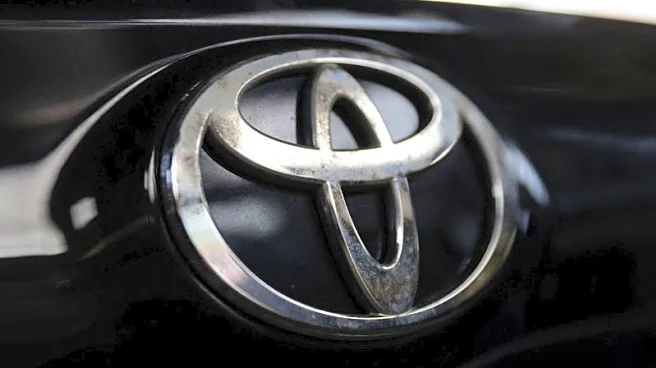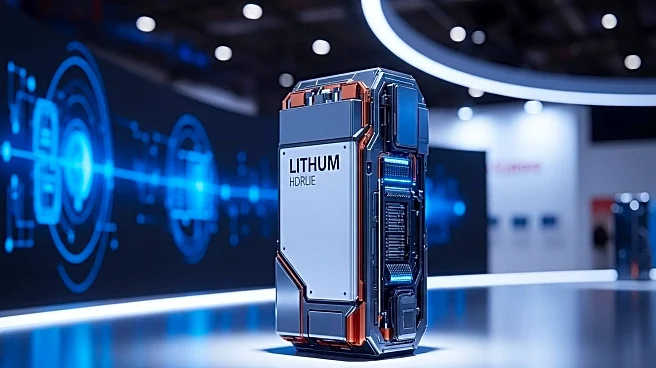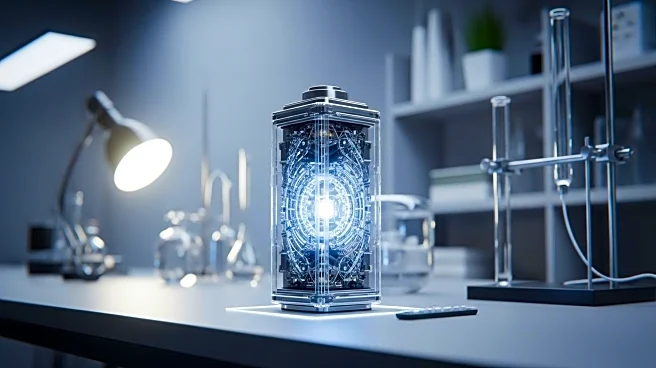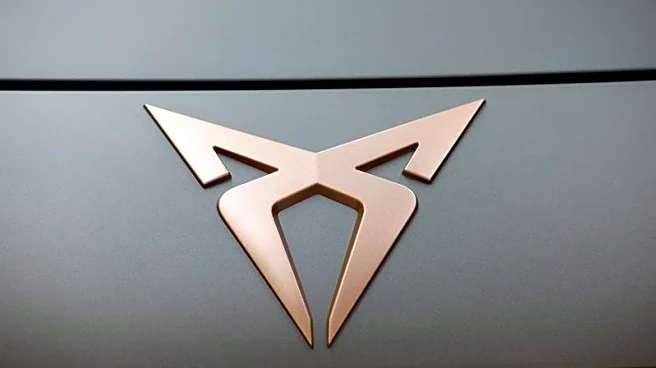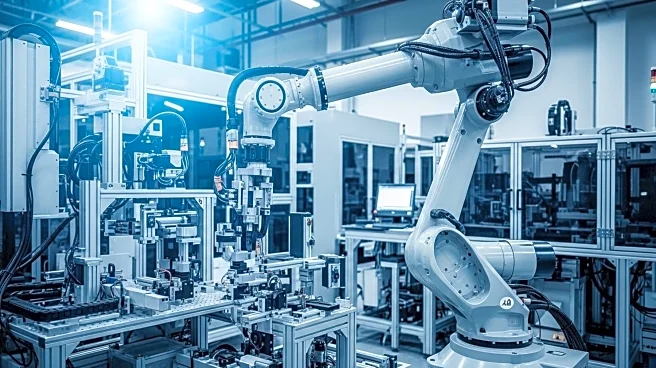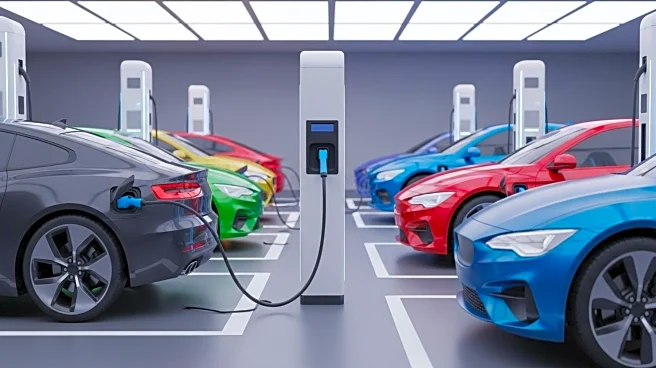What's Happening?
Researchers at MIT have developed a new self-assembling solid-state battery electrolyte that can be easily recycled. The study, published in Nature Chemistry, introduces a process where the electrolyte can be broken down and reused in a non-toxic liquid bath. This innovation uses aramid amphiphiles that self-assemble in water, forming nanoribbons with high mechanical stability. The electrolyte can be dissolved in organic solvents, allowing for the separation and recycling of battery components. This approach aims to address sustainability challenges in battery design by integrating recyclable chemistry from the outset.
Why It's Important?
The development of a recyclable solid-state battery electrolyte is significant for the electric vehicle (EV) industry and energy storage solutions. Traditional lithium-ion batteries pose recycling challenges, and this innovation could lead to more sustainable battery production. By simplifying the recycling process, the new electrolyte could reduce the environmental impact of battery waste and help stabilize lithium supply chains. This advancement supports the transition to electric transportation by potentially lowering costs and increasing the availability of recycled materials.
What's Next?
The research team plans to integrate these recyclable materials into existing battery designs and explore new battery chemistries. This could lead to widespread adoption in the coming years, especially as the demand for sustainable energy solutions grows. The approach may also encourage the reshoring of lithium supplies in the U.S., reducing dependency on foreign sources. However, continued funding and support from government agencies will be crucial for further development and commercialization.
